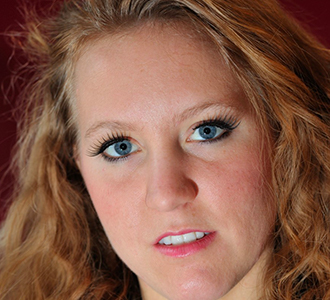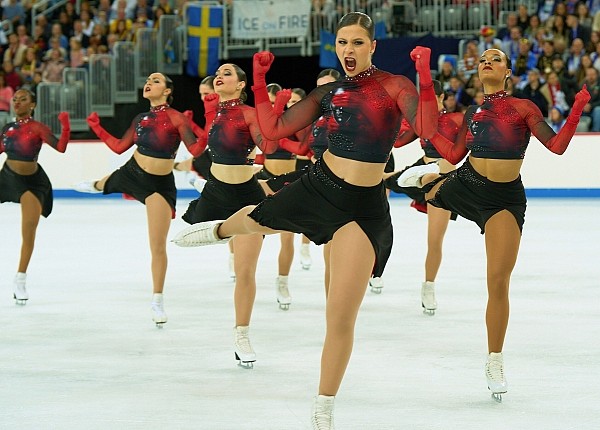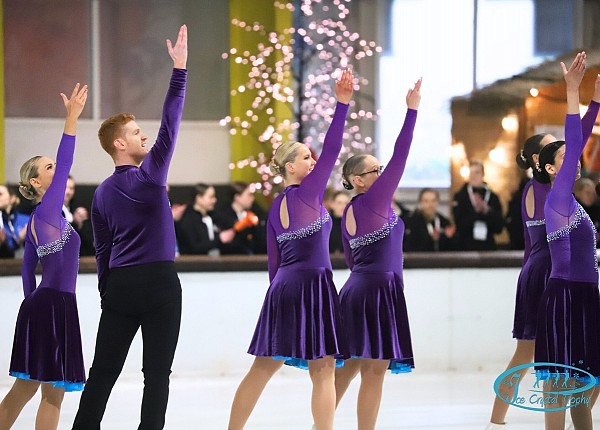Magazine
Take care of your skating feet (part 1)

According to a study, Haglund's deformity, often called "pump bump," affects nearly half (49%) of skaters during their careers.
A lot of skaters complain about pain, redness and tenderness in their heels; sometimes a bulge like a little hard ball can appear on the back of our feet. What is that and why is it so common in skaters?
In this first part of the article, let's talk about the most common one:
It is a bursitis of the posterior superior calcaneus or a tenosynovitis of the Achilles tendon insertion and looks like a ball (bump) which can be red and painful after training; in the beginning it is usually soft while after months can become hard.
Don’t worry, you are not growing a new bone! It is a reactive inflammation of the membrane that covers you heel. It is usually caused by excessive pressure of the skate boot or by little unnoticeable movements of our foot inside a too big boot.
Repetitive flexion of the ankle with deep knee bend (like in jumps or deep edges, but also during strokes), especially if boots are stiff, can lead to a thickening which is tender mostly with palpation rather than with ankle motion.
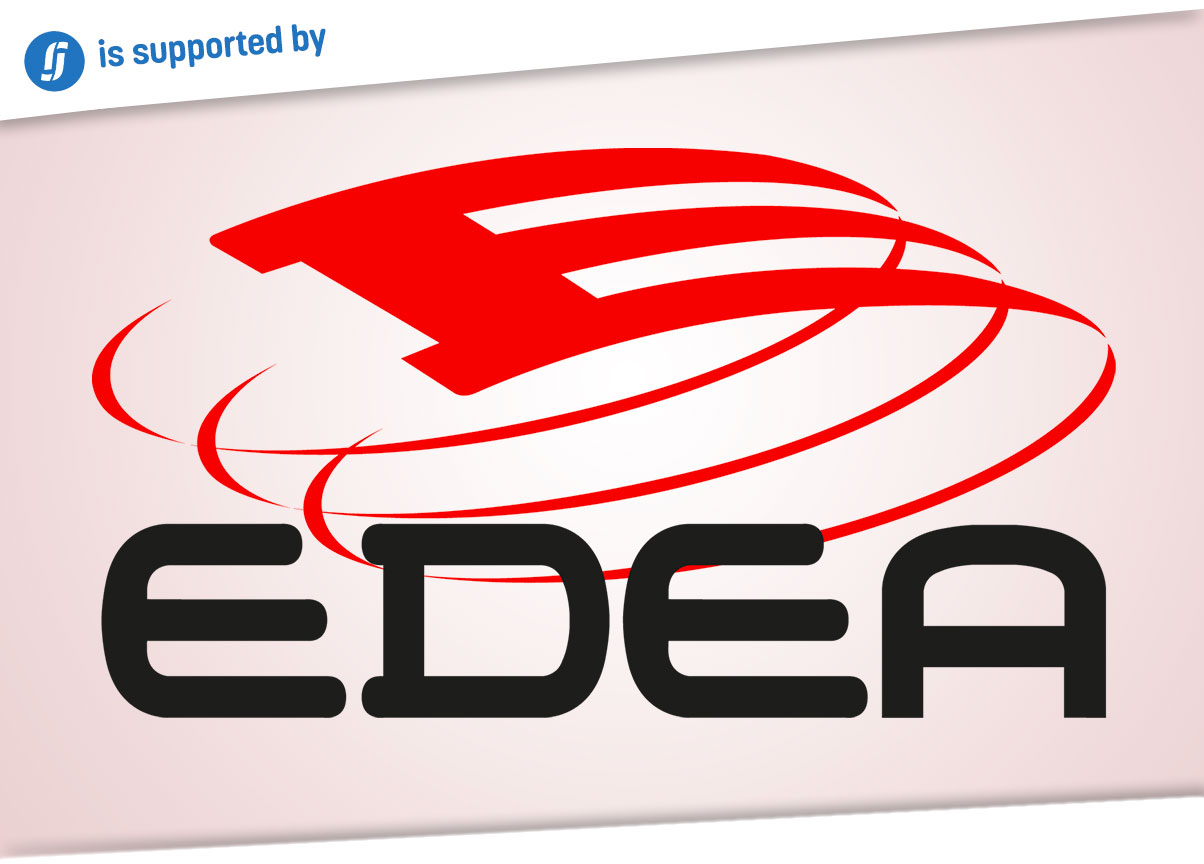
- Put ice on your feet (you know where to find it!) and try to rest, wearing skates the least you can.
- Check if you are wearing the right skates: are they your size (even if you are a young growing athlete)? The height and thickness of the boots is appropriate for your weight, power and level? Are your skates right for your discipline? Ice dancers and lately aslo synchro skater require deep ankle and knee flexion so the boot should be lower, cut with a slope and less stiff than quad-jumps skates. Sometimes, changing manufactures/brand or feature of the boots can change the athlete’s life!

- Wear gel pads to reduce friction and pressure, since the beginning of symptoms! When the inflammation starts, it could be too late.
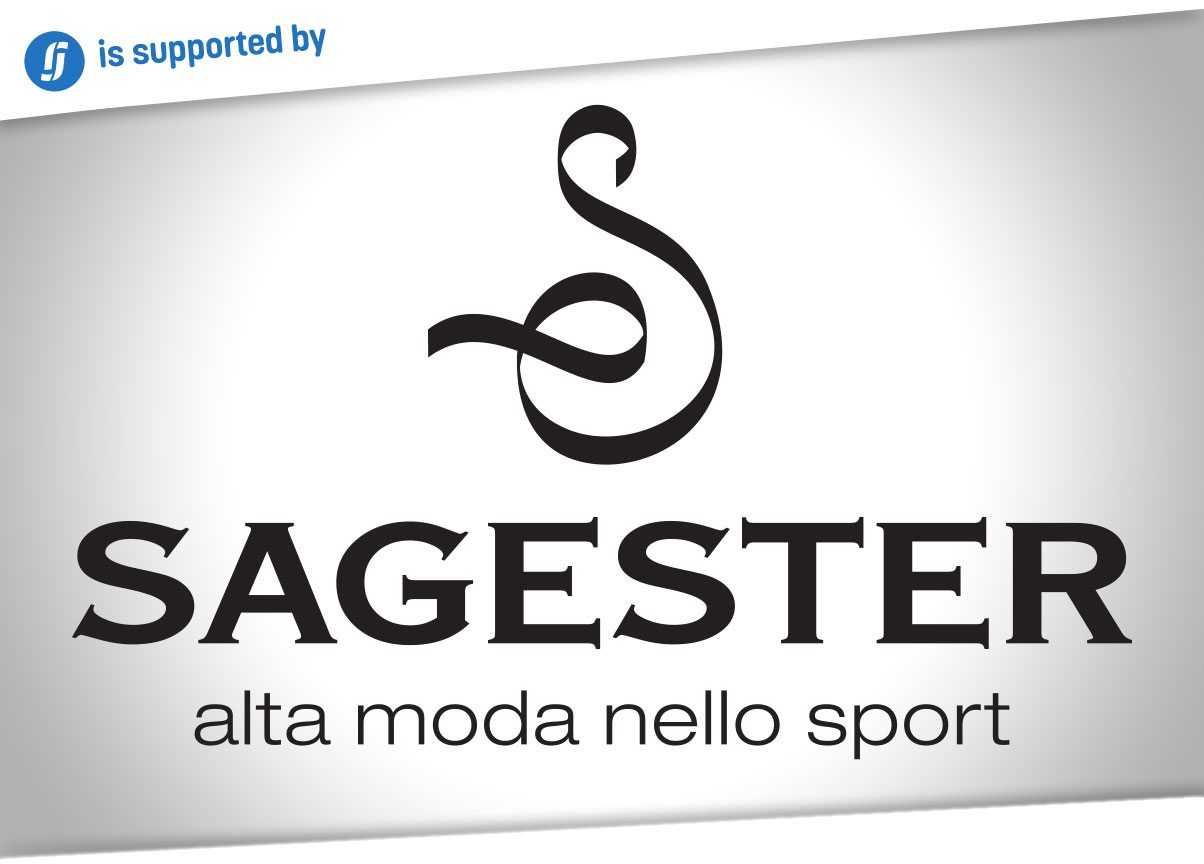
- Ask a doctor to evaluate the shape of your feet and how you stand on them: a bare “flat” or cavus “arched” foot might need an insole.
- Physical therapy could be effective in some cases of persistent inflammation.
- Of course, in case of severe and persistent pain, see a doctor!

Find all the articles about "Health" here!

